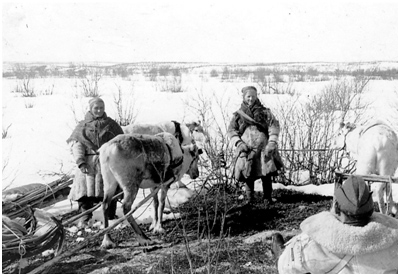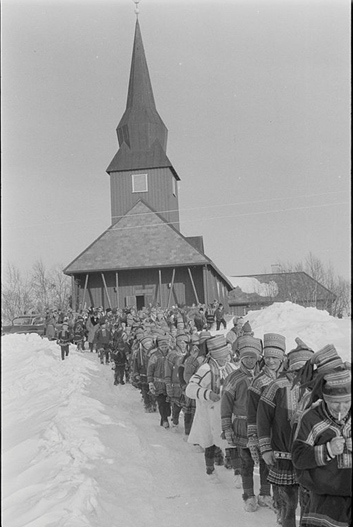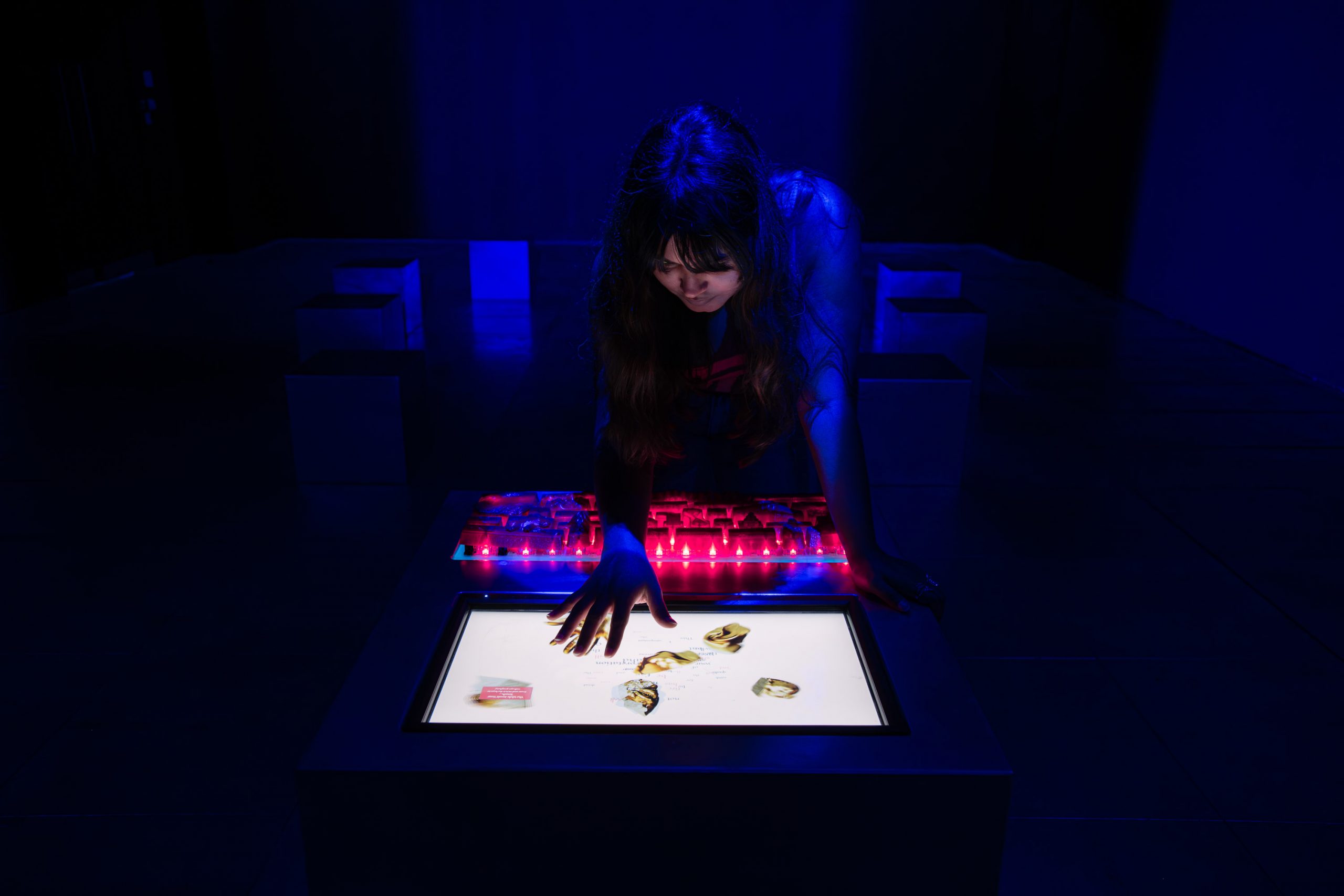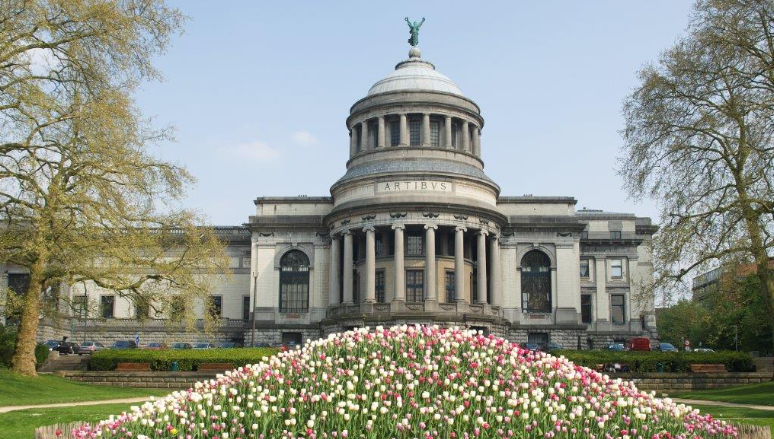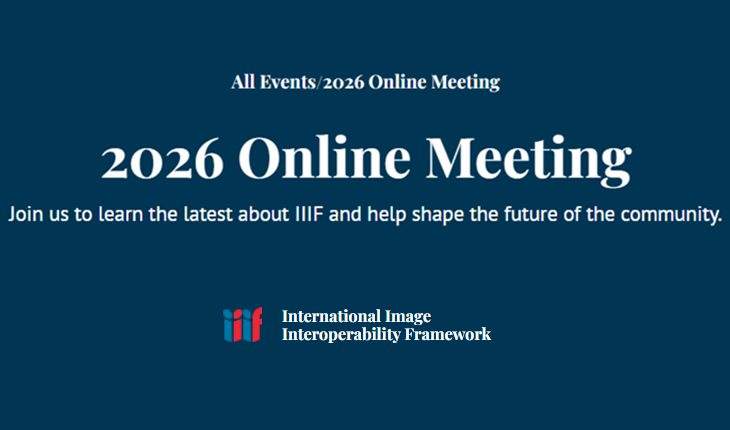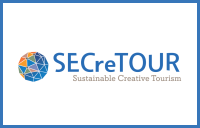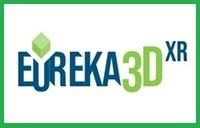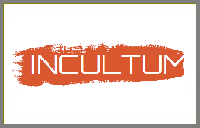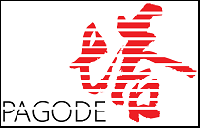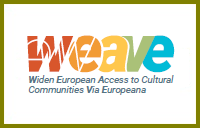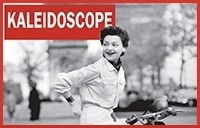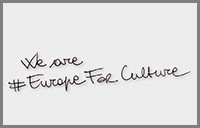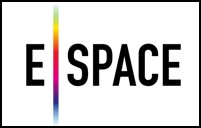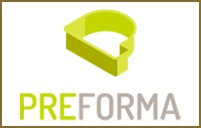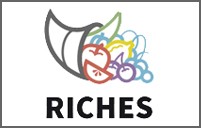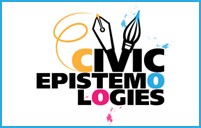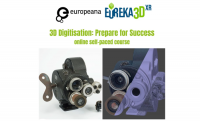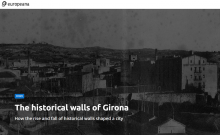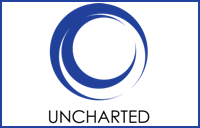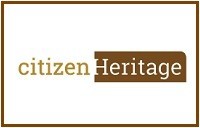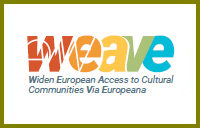Video Art Miden collaborates with the 1st Painting Studio of Athens School of Fine Arts, participating in this year’s academic project under the theme “ARTificial Intelligence“. In this frame, Video Art Miden prepared a special video art program to be viewed by the students of the 1st Painting Studio of ASFA, which will be also available online for all friends and the audience of the festival, in an attempt to continue the screening of powerful works and to encourage the artistic activity, the artists’ dialogue and the cultural exchange in the unprecedented days of isolation we experience due to coronavirus.
The program will remain open on youtube till end of April 2020, on the following Youtube:
The selection, curated by Gioula Papadopoulou, presents 8 works that deal with various concepts concerning the “homo digitalis” era and artificial intelligence, exploring the physical detachment and the gradual digitalization and virtualization of our world, our societies and our minds. Either exposing the ironies of our “smart world”, or reaching for an algorithmic emotional intelligence or analyzing the “artificial curiosity” and “self-development” of bots, all works have one thing in common: they are tracing and decoding human behavior in the digital era and explore our relationship with our self and “the other”. What do we have to sacrifice in order to approach a supposedly perfect future world?
Participant artists/works:
- Juergen Trautwein & Silvia Nonnenmacher, Meta_Face, USA 2017, 2.09
- Di Hu, Les Objets Du Système, China 2019, 4.00
- Landia Art and Economy Foundation, Chatbot Dialogs, Germany 2019, 4.58
- Landia Art and Economy Foundation, Human Applications, Germany 2019, 13.18
- Elliott Nicole J. Waller & Fabian Forban, AEI (artificial emotional intelligence), Sweden/Germany, 2019, 4.10
- Yvana Samandova & Borjan Zarevski, Artificial Intelligence VS Aristotle// beta 0.98, France, 2019, 4.21
- Katerina Athanasopoulou & Eleni Ikoniadou, Her Voice, UK 2019, 5.32
- Sven Windszus, PURE WHITE, Germany 2017, 3.00
More info, with synopsis of the works, can be found here.
Meanwhile, 2 more screening programs by Video Art Miden are also available online this month:
- until end of April, the Greek video art program “Down to Earth” will be screened online, as part of NewMediaFest2020 here (to find it you may choose “WOW.08 – Program units 14-15”). Participant artists: Anna Vasof, Alexandros Kaklamanos, Panos Mazarakis, Yiannis Kranidiotis, Alex Karantanas, Katerina Athanasopoulou, Vasilis Karvounis. Curated by Gioula Papadopoulou.
- the online transmission of the Greek video art program “Inscapes” continues until April 22 on VisualcontainerTV, here. Participant artists: Eleni Moustaka, Thomas Vallianatos, Sophia Liarou, Fenia Kotsopoulou, White Dog Films [Dimitris Papadopoulos], Christina Mertzani / free fall company; Aliki Chiotaki & Dimitris Barnias. Curated by Gioula Papadopoulou.
More info: www.festivalmiden.gr
Video Art Miden is an independent organization for the exploration and promotion of video art. Founded by an independent group of Greek artists in 2005, it has been one of the earliest specialized video-art festivals in Greece, setting as basic aims to stimulate the creation of original video art, to help spread it and develop relevant research.
Through collaborations and exchanges with major international festivals and organizations, it has been recognized as one of the most successful and interesting video art platforms internationally and as an important cultural exchange point for Greek and international video art. Miden screening programs have traveled in many cities of Greece and all over the world, and they are hosted by significant festivals, museums and institutions globally.
(*Miden means “zero” in Greek)
Art direction: Gioula Papadopoulou – Margarita Stavraki
Info: www.festivalmiden.gr || www.facebook.com/videoartmiden || https://www.instagram.com/videoart_miden/












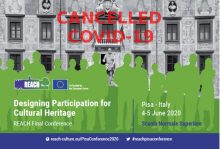
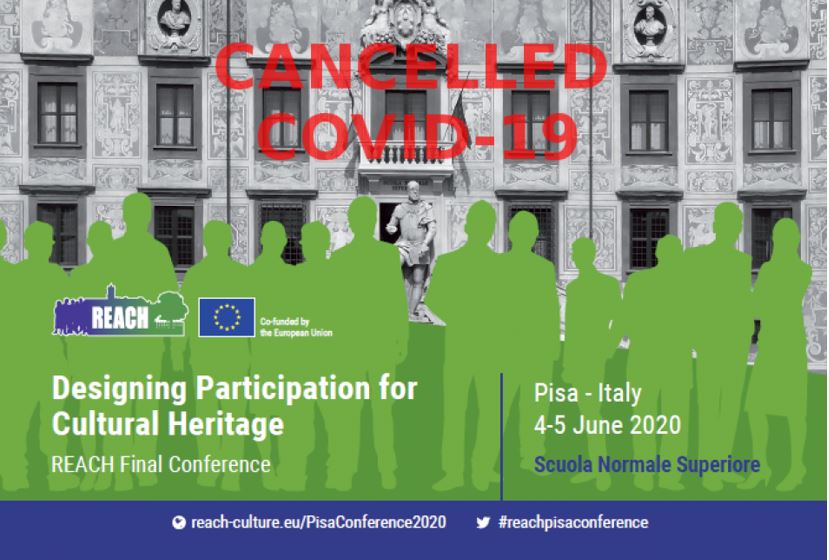 Due to the movement restriction measures adopted by all European Countries to avoid the spread of Covid 19 pandemic, the REACH Project decided to cancel its final conference planned for the 4-5 June 2020 in Pisa.
Due to the movement restriction measures adopted by all European Countries to avoid the spread of Covid 19 pandemic, the REACH Project decided to cancel its final conference planned for the 4-5 June 2020 in Pisa.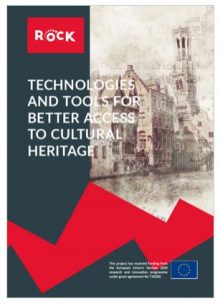
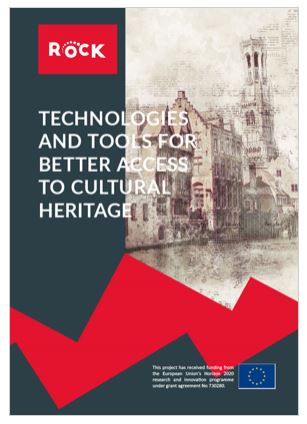

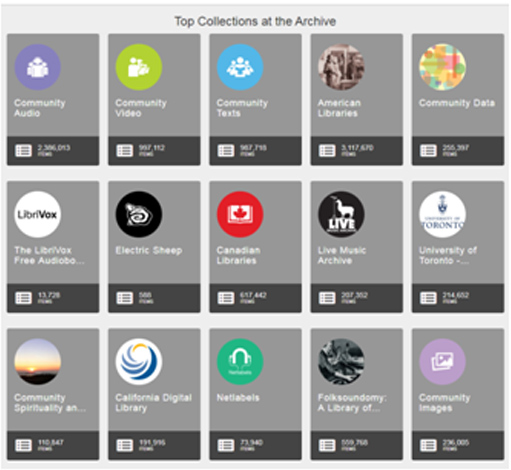
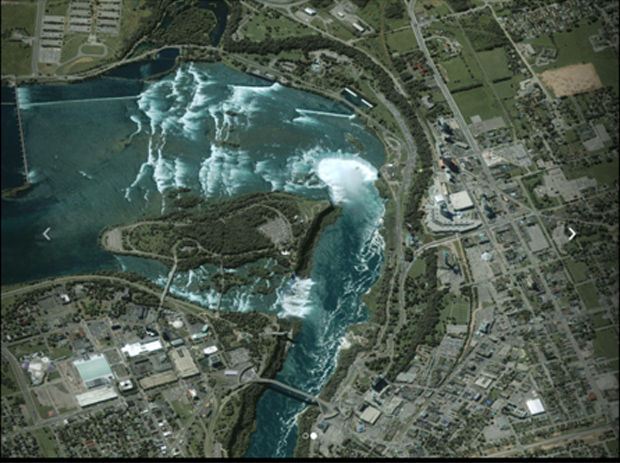


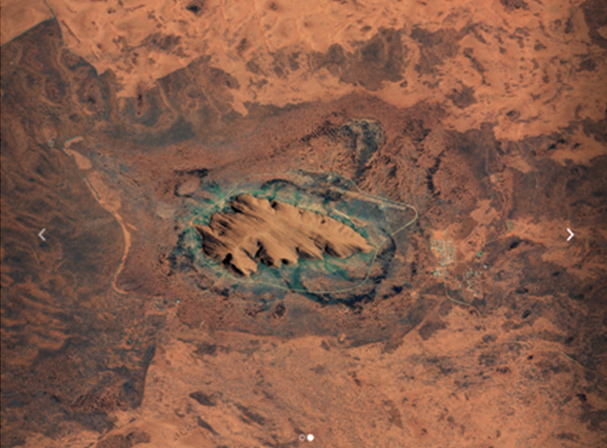


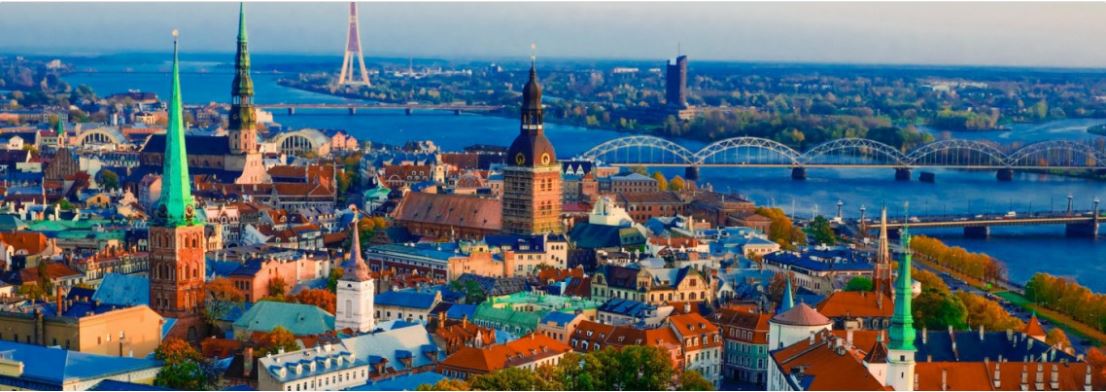 The event is promoted by the International Research Conference, a federated organization dedicated to bringing together a significant number of diverse scholarly events for presentation within the conference program. With its high quality, it provides an exceptional value for students, academics and industry researchers. The International Conference on Social Movement is addressed to academic scientists, researchers and research scholars and aims to offer a chance for exchanging and sharing experiences and research results on all aspects of Social Movement. It also provides a premier interdisciplinary platform for researchers, practitioners and educators to present and discuss the most recent innovations, trends, and concerns as well as practical challenges encountered and solutions adopted in the fields of Social Movement. In order to encourage participation, the organisers lunched a call for abstracts,papers and e-posters. High quality research contributions describing original and unpublished results of conceptual, constructive, empirical, experimental, or theoretical work in all areas of Social Movement are particularly welcome and will be invited for presentation at the conference.
The event is promoted by the International Research Conference, a federated organization dedicated to bringing together a significant number of diverse scholarly events for presentation within the conference program. With its high quality, it provides an exceptional value for students, academics and industry researchers. The International Conference on Social Movement is addressed to academic scientists, researchers and research scholars and aims to offer a chance for exchanging and sharing experiences and research results on all aspects of Social Movement. It also provides a premier interdisciplinary platform for researchers, practitioners and educators to present and discuss the most recent innovations, trends, and concerns as well as practical challenges encountered and solutions adopted in the fields of Social Movement. In order to encourage participation, the organisers lunched a call for abstracts,papers and e-posters. High quality research contributions describing original and unpublished results of conceptual, constructive, empirical, experimental, or theoretical work in all areas of Social Movement are particularly welcome and will be invited for presentation at the conference.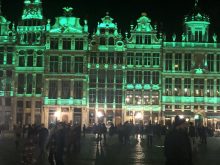
 The European Creative Business Network (ECBN), an advocacy institution for the European culture and creative industries, denounced the economic impact due the spread of the corona virus on the cultural and creative industries (CCIs).
The European Creative Business Network (ECBN), an advocacy institution for the European culture and creative industries, denounced the economic impact due the spread of the corona virus on the cultural and creative industries (CCIs).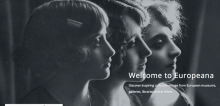
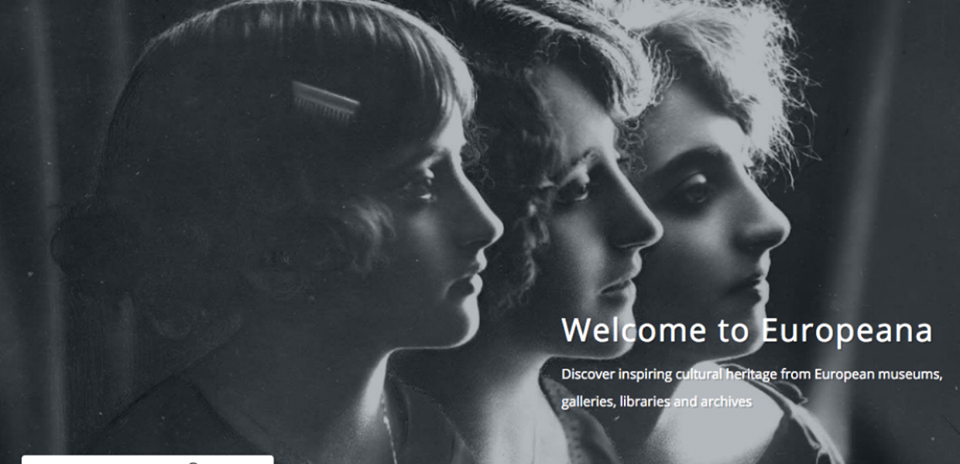



 The choice of Paris 8 to dedicate a page to UNCHARTED project in the university website is a key contribution for the promotion of the project among researchers and experts of the academic world.
The choice of Paris 8 to dedicate a page to UNCHARTED project in the university website is a key contribution for the promotion of the project among researchers and experts of the academic world.
